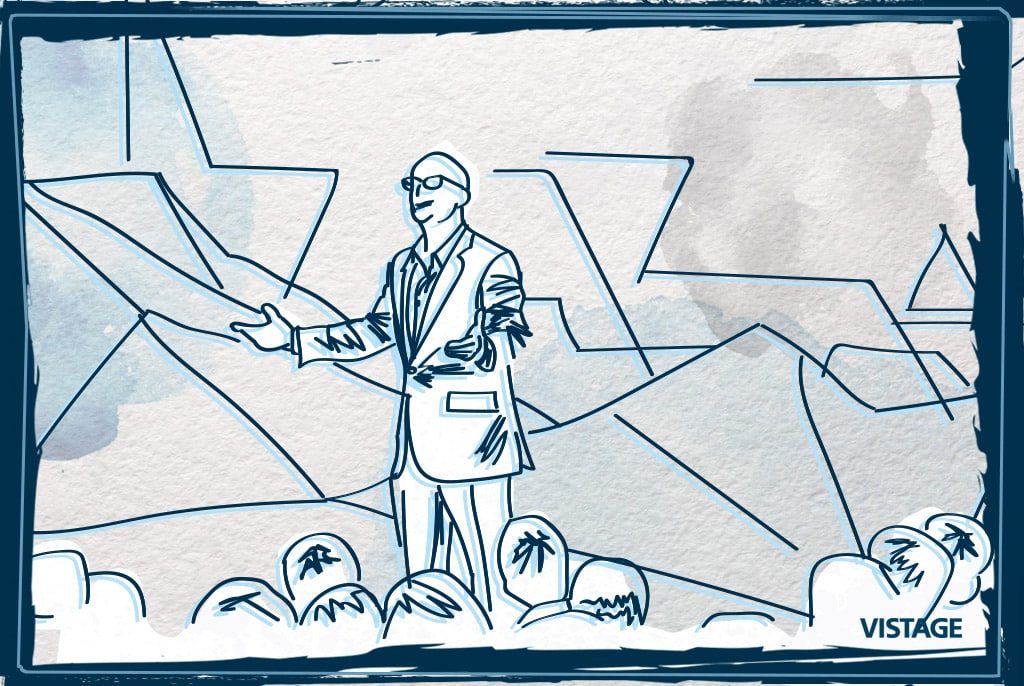Invitation to Innovate

Innovation is hardly a new term. Dating back as early as the 15th century, innovation comes from the Latin innovationem, noun of action from innovare, and means “to renew or change”. It seems the best-kept secret of today’s top businesses is how they create an atmosphere that promotes and cultivates innovation.
According to John Kotter, Innovation does not come out of a controlled situation. “If you want more innovation, allow more chaos”. Innovation cannot be created by delegating, prescribing, or forcing it.
Last year Wired.com called innovation the most important and overused word in America. In all honesty it is important to keep in mind the difference between improvement, invention, and innovation. To pursue monumental renewals or changes, new ideas need to be cultivated in an environment where employees are empowered and feel ownership in their organizations future. They must be invited to innovate.
At the Chief Innovation Officer’s Summit in New York City last year, Dr. Hoffman, CKO of NASA commented that his priorities for promoting innovation among his team are access to knowledge, reflection time, and sharing openly.
Ownership is one of the key imperatives of Robert’s Rules of Innovation. Most would agree that innovation is everyone’s responsibility, but employees can’t innovate unless their leaders empower them to do so. However, choosing a champion for innovation should be done with the team in mind.
According to Jeff Dyers and Hal Gregersen, co-authors of Innovators DNA, creative leaders can increase a company’s innovation capacity, and drive sustainable innovation. However, having someone at the top that is too much of a creative genius can also be a detriment if they squelch the ideas and skills of others. Dyers and Gregersen warn of leaders that believe their ideas are so much better than their colleagues’ they stop building talent around them. Beware this innovation killer.
The ideal innovation team is knowledgeable, resourceful, and motivated to drive ideation and product development. Every participant along the innovation process’s chain must embrace accountability as a champion of the idea, the development process, the success, and alternatively its failure. However, it is the team leader/Chief Innovation Officer’s job to marshal forces, and to transform team members into stakeholders. In short, to create a climate for innovation, and encourage a spirit of ownership.
Get your team fired up:
- Hold ideation sessions with a group of diverse and highly charged creative people in your organization – and be sure to keep any restraints off. Do not ignore or override any input from the team. Practical, real world filters can always be added later on, but you want to capitalize on all ideas early in the process.
- Keep track of meeting decisions and next steps. Delegate responsibility and encourage ownership.
- Use your motivational skills by creating clear and unwavering deadline pressure, while reinforcing and praising their incremental progress. Apply “Trust with verification”
- Give team members some incentive for their contributions and achievements. This does not necessarily have to be money – often recognition is a key driver for creative players in your organization; make them the initiative Champion, offer recognition among peers.
- Create an environment where mistakes are tolerated and free of punitive measures. Remember, the creative process is a ratio, so more attempts at success naturally equate to more failures along the way. Managing failure as a learning experience lets your creatives feel safe and empowered to do their best work.
- Provide regular feedback and keep the lines of communication open throughout the NPD process.
Innovate and Thrive!
Category: Innovation
Tags: Creativity, Culture, Innovation, Leadership, Ownership

